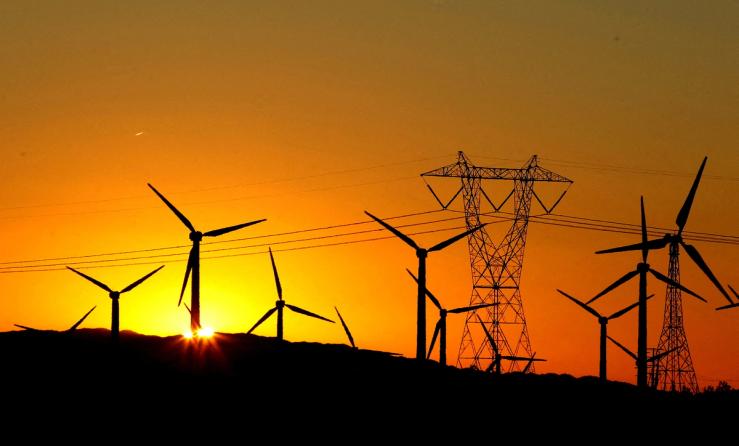The News
At the current rate of renewable energy capacity expansion, the world may not triple renewable energy production by 2030, a goal set at COP28 in 2023, according to a new report by the International Energy Agency.
Only 14 countries have explicit national commitments to reach this target by 2030, the report found, which would account for just 12% of the worldwide goal. But, the IEA said, the 2030 target is still “achievable.” Current sub-national government plans to expand production would cover 70% of the expansion needed to hit the target globally.
SIGNALS
Grid problems may be biggest hurdle to reaching goals
National renewables targets are trending “downward” as governments grapple with the cost of making the transition, the director of the Greek Energy Forum think tank said. While solar panels and wind turbines are relatively cheap to install now, renewable capacity also necessitates upgrading the grid and building storage capacity to deal with fluctuating renewable energy levels — and that would “require huge amounts of money.” The European Union has said it needs more than $652 billion in investments to upgrade the bloc’s grid for renewables, which means the 2030 goal is unlikely to be met, the director said.
China leads the transition by far
China has led the world’s energy transition efforts: nearly two thirds of the 560GW generating capacity from renewables came from China in 2023, according to the IEA. Still, China may also miss the tripling goal by 2030, but renewables are expected to increase by at least 2.5 times, which is an “impressive growth,” wrote Olof van der Gaag of the Dutch Association of Renewable Energy. China — and the rest of the Asia-Pacific region — have much work to do; the region is still the primary installer of new fossil fuel infrastructure, according to Reuters: China, India, and Indonesia are responsible for about 75% of the world’s total annual coal burned.
Russia remains critical for nuclear energy exports
Some energy analysts believe that nuclear power — which is not renewable — will play a crucial role in reducing greenhouse emissions, and Russia remains critical for the sector. Despite global sanctions, Russia still accounts for between 38% and 46% of enriched uranium global capacity, accordinging to the Wilson Quarterly, with both the EU and the US heavily dependent on Russian exports. Some security experts believe that even as the war in Ukraine continues, the West still needs to keep Russia “deeply engaged in the international nuclear energy safety and security community,” especially to avoid potentially dangerous and isolationist energy policy like that of the former Soviet Union.



